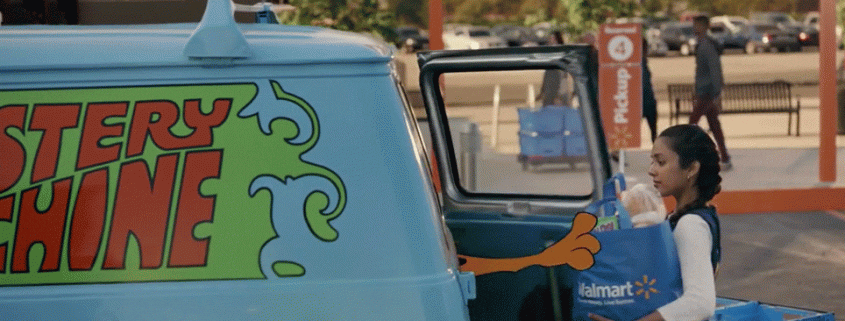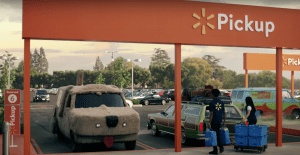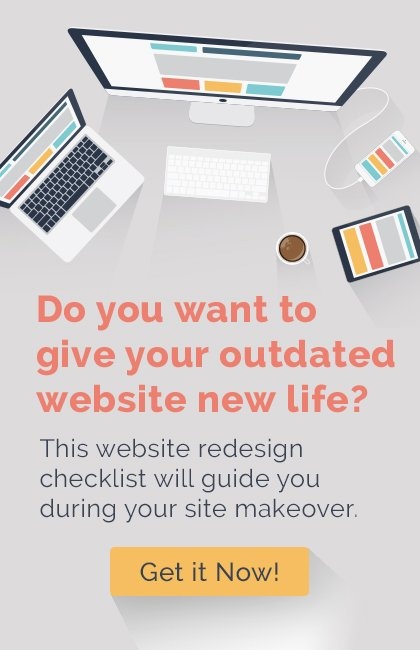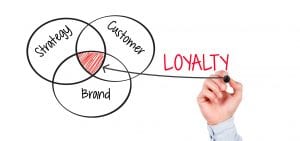
Digital Communication Tools to Help Build a Human Brand
Whether you’re a brand looking to establish a human connection with your audience or an individual seeking to engage with peers and build professional networks, leveraging these digital communication tools will undoubtedly enhance your ability to connect, collaborate, and succeed in the digital age.
The success of your brand depends on much more than just convincing a potential customer to try your product. While in the past the customer experience has been based around the product being offered, these days, you need to look at the big picture. It’s not just about the customer experience in regards to your product. It’s about the emotional connection that they are able to form with your brand.
Customers don’t just want a product, they want a relationship with the brand that is selling them that product. You need to focus on fostering an emotional connection instead of just trying to build awareness for a certain product. Fortunately, building an emotional connection with your audience is easier than ever before with the number of digital communication tools that are at your disposal.
The Importance Of An Emotional Connection
Customers are human beings. They have hopes, dreams, and feelings. In a world where their product choices are practically limitless, they will want much more out of a brand. They do not want to engage with a corporation. Customers want to engage with a brand that’s relatable on a personal level. Their desire for connection in such a world is not surprising. A brand that is able to touch them emotionally is going to make them more engaged.
There are many ways that you can do this; reinforcing the beliefs or perspective of your audience, supporting the goals or perspective of your audience, or challenging your audience to do greater things.
Creating a Brand with Social Listening and What Tools To Use
How Digital Communication Tools Can Help Foster An Emotional Connection
Engaging on an emotional level with your audience is easier than it’s ever been, as long as you make the effort to do so. The following are just a few ways that digital communication tools can help you to connect with your audience emotionally and to build meaningful relationships with them:
- Video content – When it comes to content, few other forms are able to engage audiences on an emotional level like video content. There are numerous reasons for this. First of all, people consume visual content much more easily than written content. Secondly, you can use actors or even real figures that audiences can relate to on a personal level. Thirdly, you can emphasize certain emotions much more effectively through the production of video, from the look of how it was filmed to the type of music that’s used to how the video is edited.
- Segmentation – Segmenting your leads and customers based on the data you’ve collected (via opt-in forms, surveys, and more) will provide you with valuable insight into who your audience is and how you can connect with them. It also allows you to personalize your content much more effectively, which will make it easier to drive engagement.
- Social interaction – The use of social channels makes it easy to engage with your audience directly. Direct interaction makes it easier to build meaningful relationships. You’ll have a bigger emotional impact on those who witness the interactions on social media as well.
Building a human brand will help you build long-term relationships with your audience based on real emotional connections. Use the digital communication tools available to you to emphasize emotion in your marketing efforts. Doing so will help your audience relate to you on a more personal level, thereby driving engagement with your brand.







 LIII. As Gary Numan’s futuristic song “Cars” plays in the background, drivers race to Walmart in iconic vehicles, including the “Ghostbusters” car, Lightning McQueen from “Cars,” Batman’s Batmobile, the “Dumb and Dumber” dog car, KITT from “Knight Rider”, Scooby Doo’s Mystery Machine, the “Back to the Future” DeLorean, and even Cinderella’s pumpkin carriage. Every generation can recognize this ad, there is something for everyone.
LIII. As Gary Numan’s futuristic song “Cars” plays in the background, drivers race to Walmart in iconic vehicles, including the “Ghostbusters” car, Lightning McQueen from “Cars,” Batman’s Batmobile, the “Dumb and Dumber” dog car, KITT from “Knight Rider”, Scooby Doo’s Mystery Machine, the “Back to the Future” DeLorean, and even Cinderella’s pumpkin carriage. Every generation can recognize this ad, there is something for everyone. in some of their recent commercials. “When we were considering how to bring our message to life, we were looking for a familiar voice that would bring our brand attributes to life,” Jennifer Hanley, senior VP-brand marketing for Nationwide, said in
in some of their recent commercials. “When we were considering how to bring our message to life, we were looking for a familiar voice that would bring our brand attributes to life,” Jennifer Hanley, senior VP-brand marketing for Nationwide, said in 













 The information should be simple, well-organized, and easy to understand. Visual hierarchy helps in content structure to ensure it’s logical and meaningful. This ensures that important information gets the most emphasis while less important information gets the least emphasis.
The information should be simple, well-organized, and easy to understand. Visual hierarchy helps in content structure to ensure it’s logical and meaningful. This ensures that important information gets the most emphasis while less important information gets the least emphasis.







